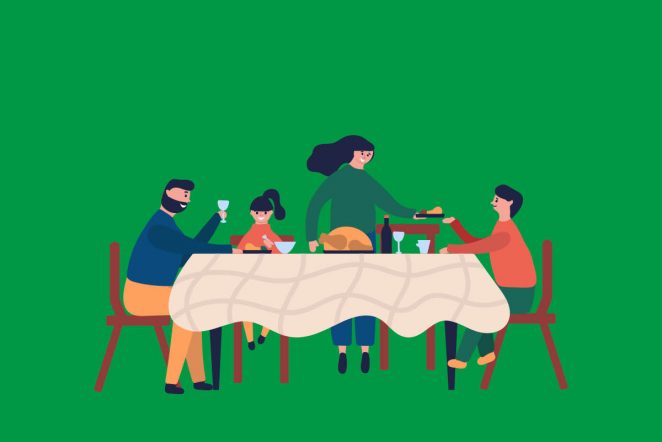By: Sophia Speroff, MPH, RD
Reading a nutrition label can be tricky – it’s hard to know which information is most important to look for, and what recommended values, serving sizes, and more really mean.
The new change to nutrition labels is intended to help you use the information more effectively and easily to make quick, informed food decisions to help you choose a healthy diet. These guidelines help promote a healthy eating lifestyle that can be maintained through all stages of life.
What’s Changed?
- Serving sizes — These have become more standardized, making it easier to compare similar foods, providing familiar units in cups or pieces reflecting what people are likely to eat/drink, not necessarily the portion they should eat.
- Calories & fat — Larger print making it easier to see
- Added sugars — Shows the percentage from added sugars including brown/maple sugar, corn sweetener/syrup, honey, malt syrup and molasses.
- Percent Daily Value (%DV) — The percentage of daily values have been updated – 5% DV or less of a nutrient per serving is considered low, and 20%DV or more of a nutrient per serving is considered high.
- Dual Columns — If the item contains more than 1 serving, there may be 2 columns to provide calorie and nutrient information for 1 serving and for the entire package.
- Nutrients required — Vitamin D, potassium, calcium, and iron are required. Vitamins A and C will no longer be required.
Serving Information
Look at the number of servings in the package (servings per container) and the serving size. This is the serving size amount that people typically eat or drink. All the nutrient amounts shown on the label, including the number of calories, refer to the size of the serving. Pay particular attention to the serving size, especially how many servings are in the food package.
Calories
Calories measure how much energy you get from a serving of food. In the label below, there are 280 calories (about 22 minutes of running) in 1 serving, consuming the entire package, 4 servings, totals 1,120 calories (about 90 minutes of running).
Nutrients
These key nutrients impact your health, including foods you want to get more of and those you may want to limit. Nutrients you want to limit include saturated fat, sodium and added sugars. Eating too much saturated fat and sodium may increase the risk of developing cardiovascular disease and high blood pressure. Total sugars include those naturally present in many nutritious foods and beverages, such as milk and fruit. On the other hand, added sugars include those added during the processing of food such as sucrose, or sugars from syrups and honey.
A healthy eating style does not have to be overwhelming. Focus on one goal to work on for the next couple of weeks, consider learning and paying greater attention to nutrition labels. ThinkHealth has a variety of tips and healthy eating recipes to try. Once you feel comfortable with that — challenge yourself again with another small step to make your nutrition choices a lifestyle change!
About the Author: Sophia Speroff, MPH, RD is a Registered Dietitian of 10 years with her master’s in public health. Sophia has a tremendous background in both community and patient care and population health management. Her background also includes diabetes and chronic disease prevention and management, clinical dietetics, and wellbeing engagement in underserved communities. She has a passion for staying active, training for triathlons and half marathons and in her free time, Sophia enjoys hiking, folk dancing, and gardening.


